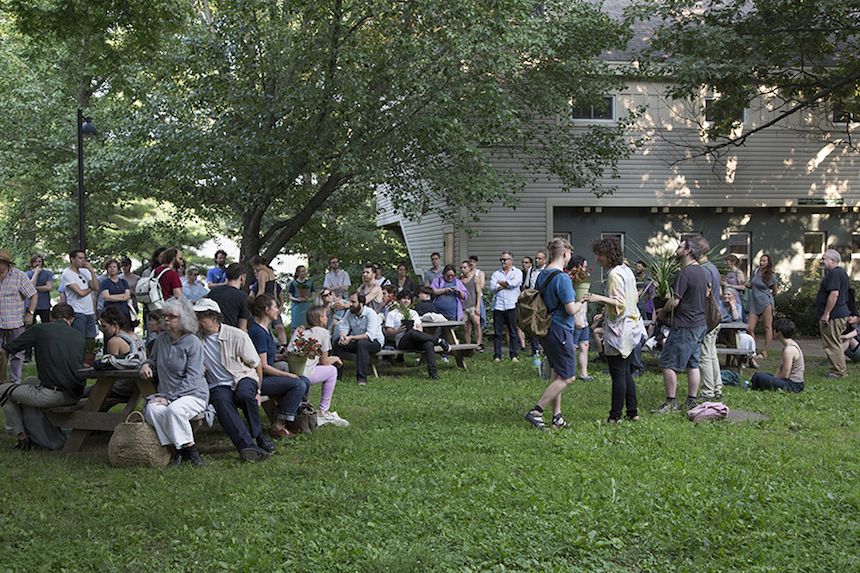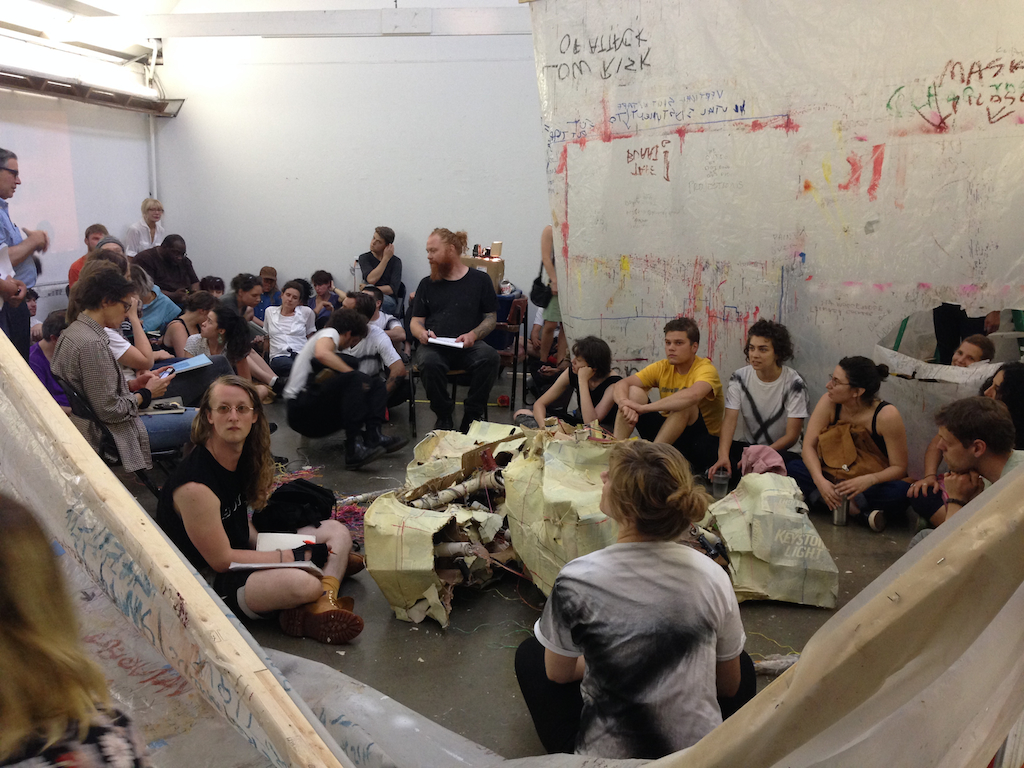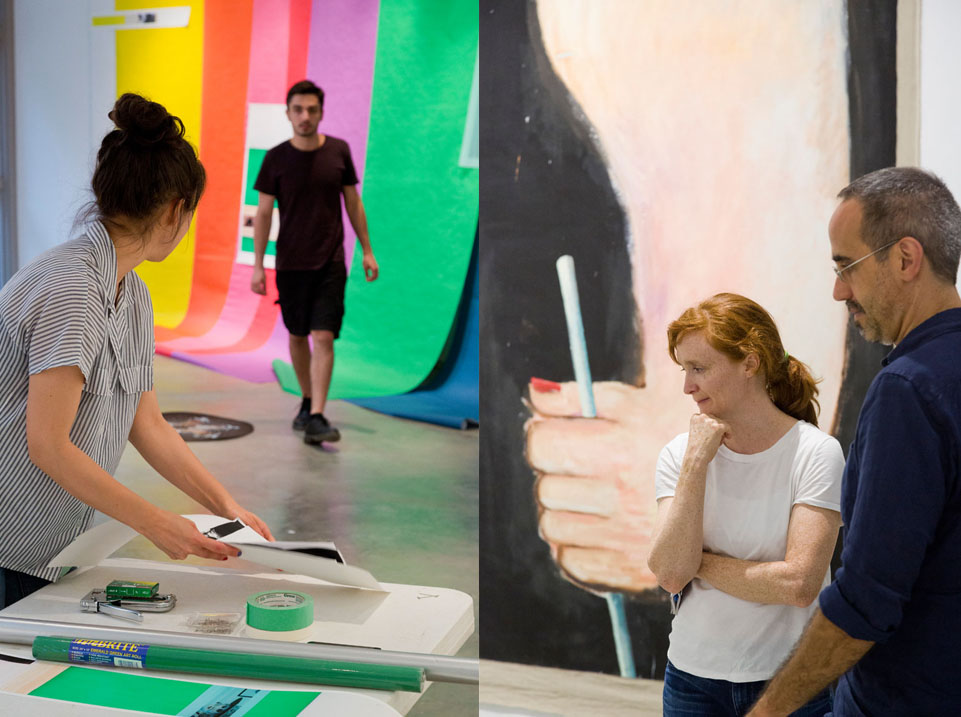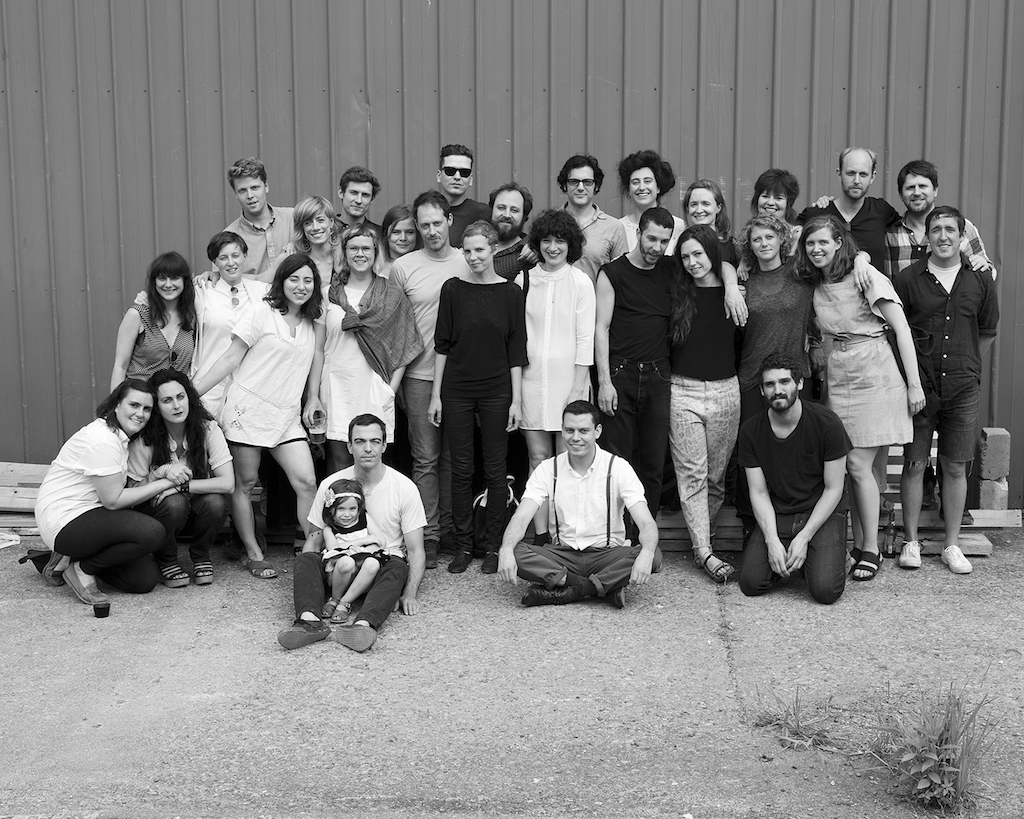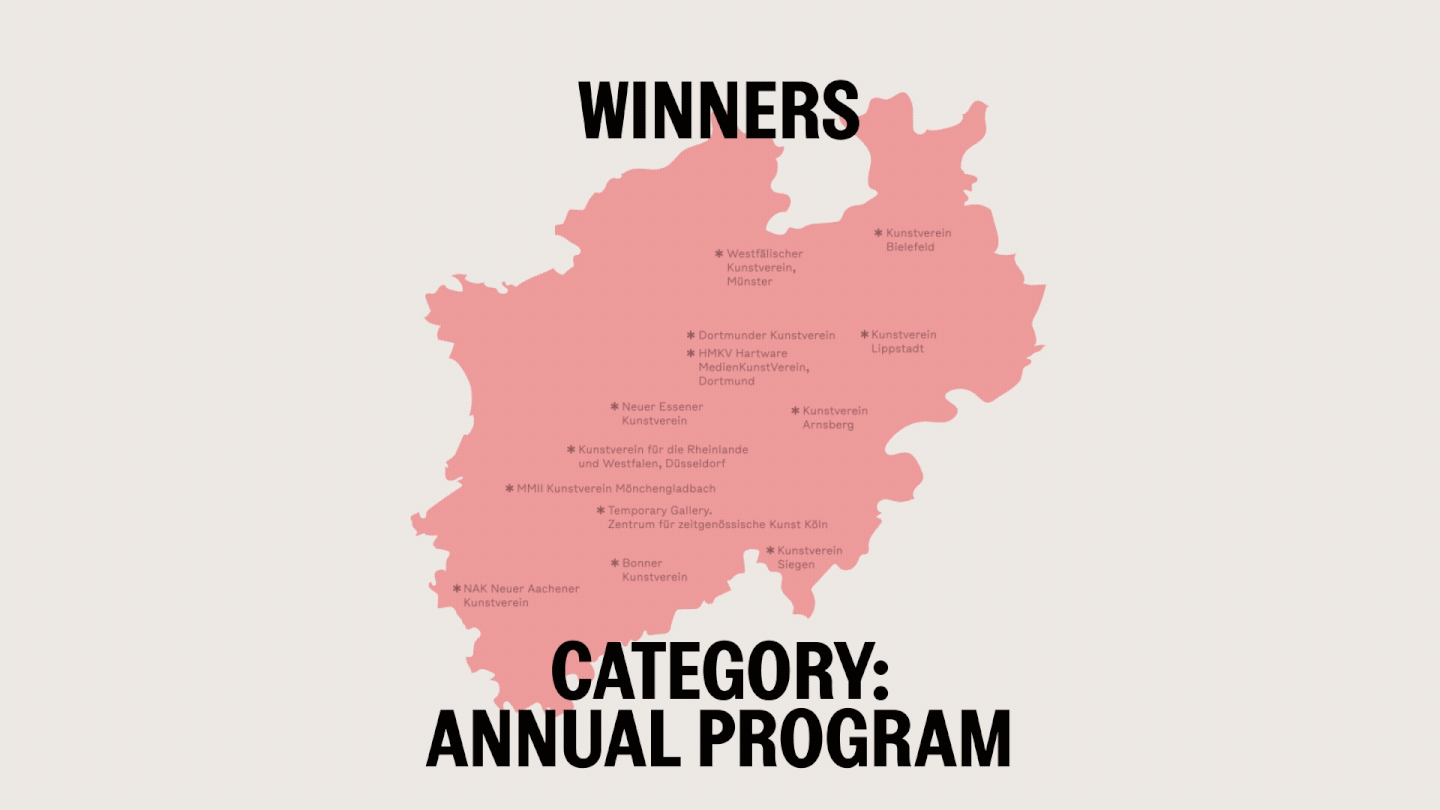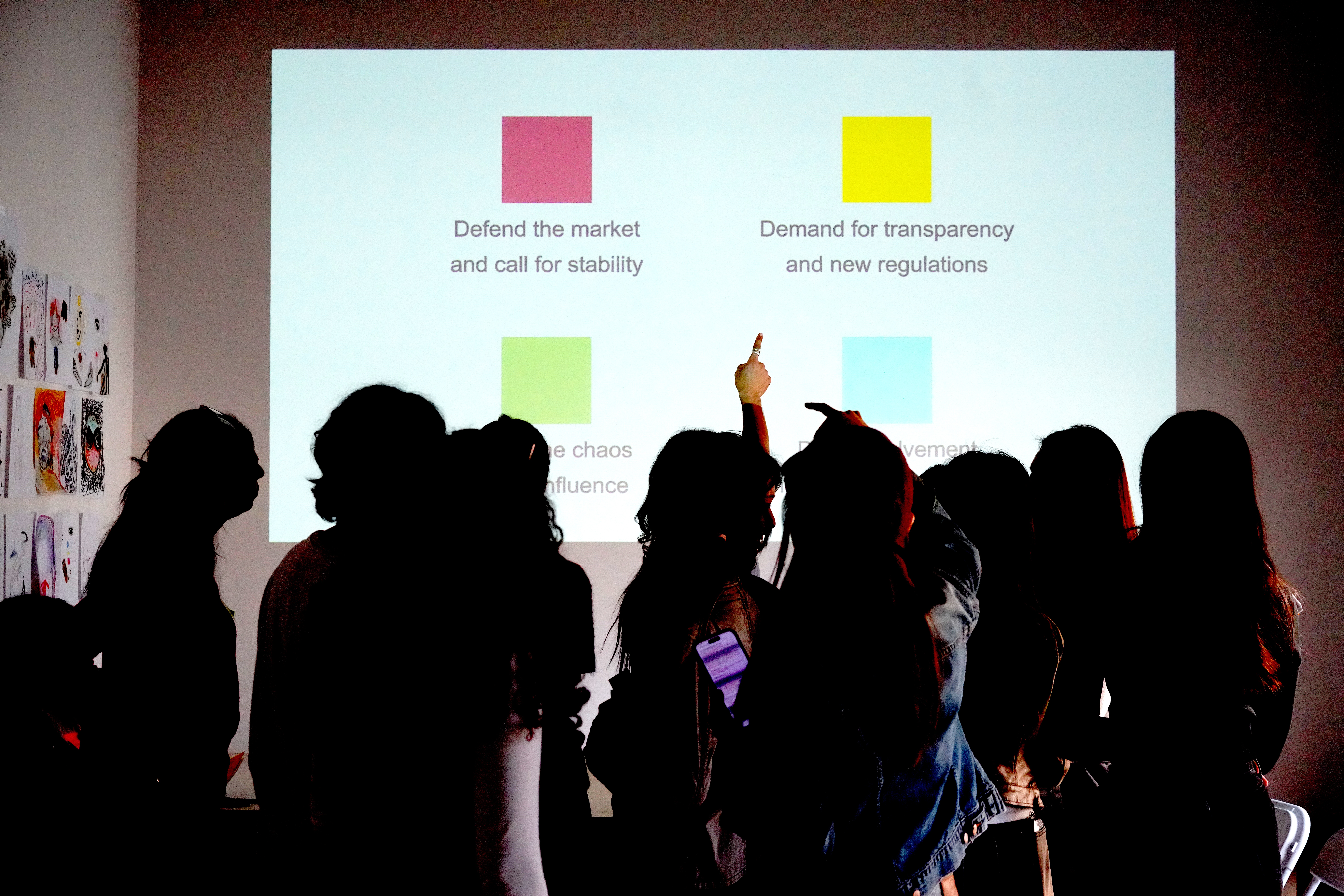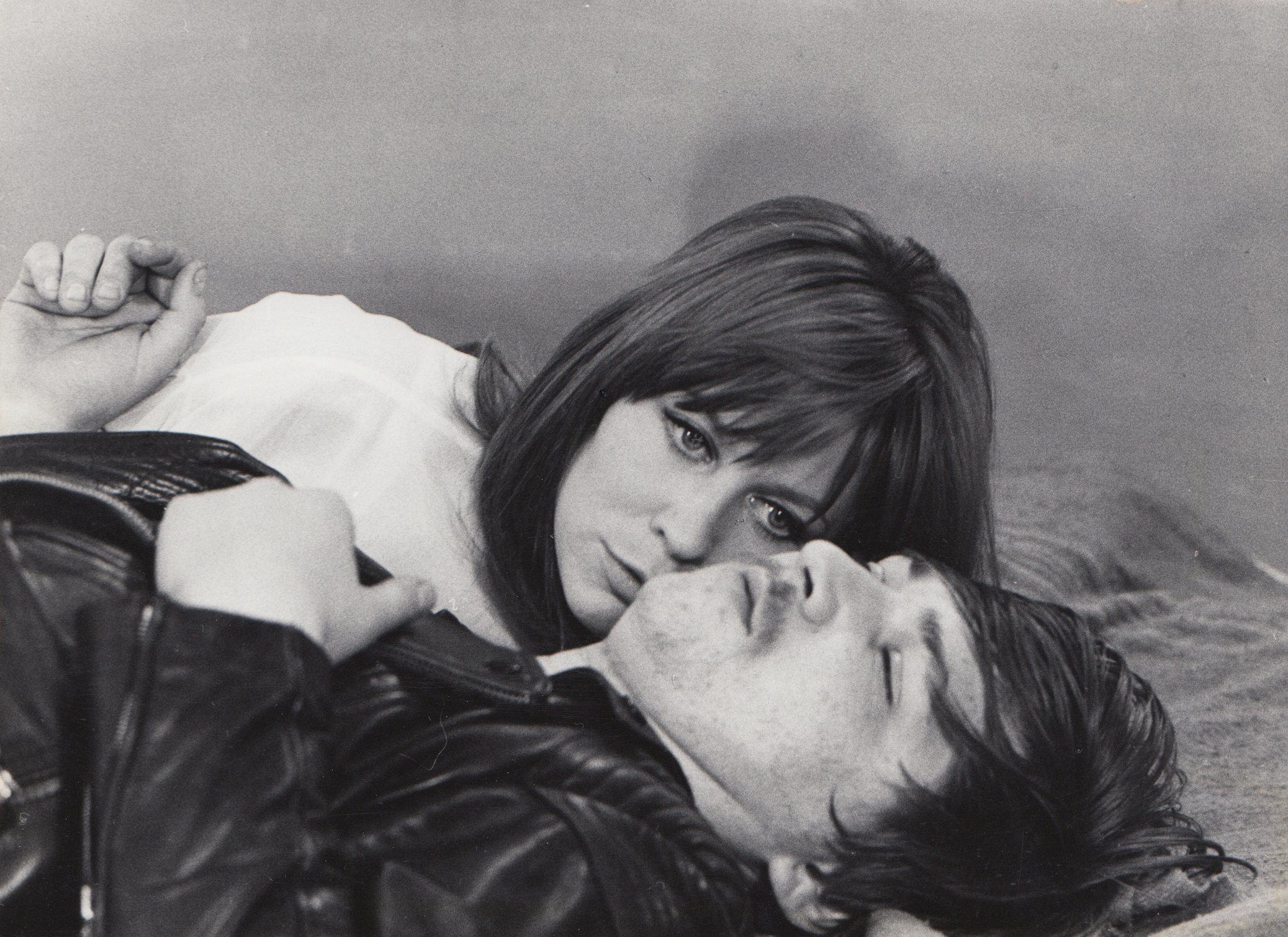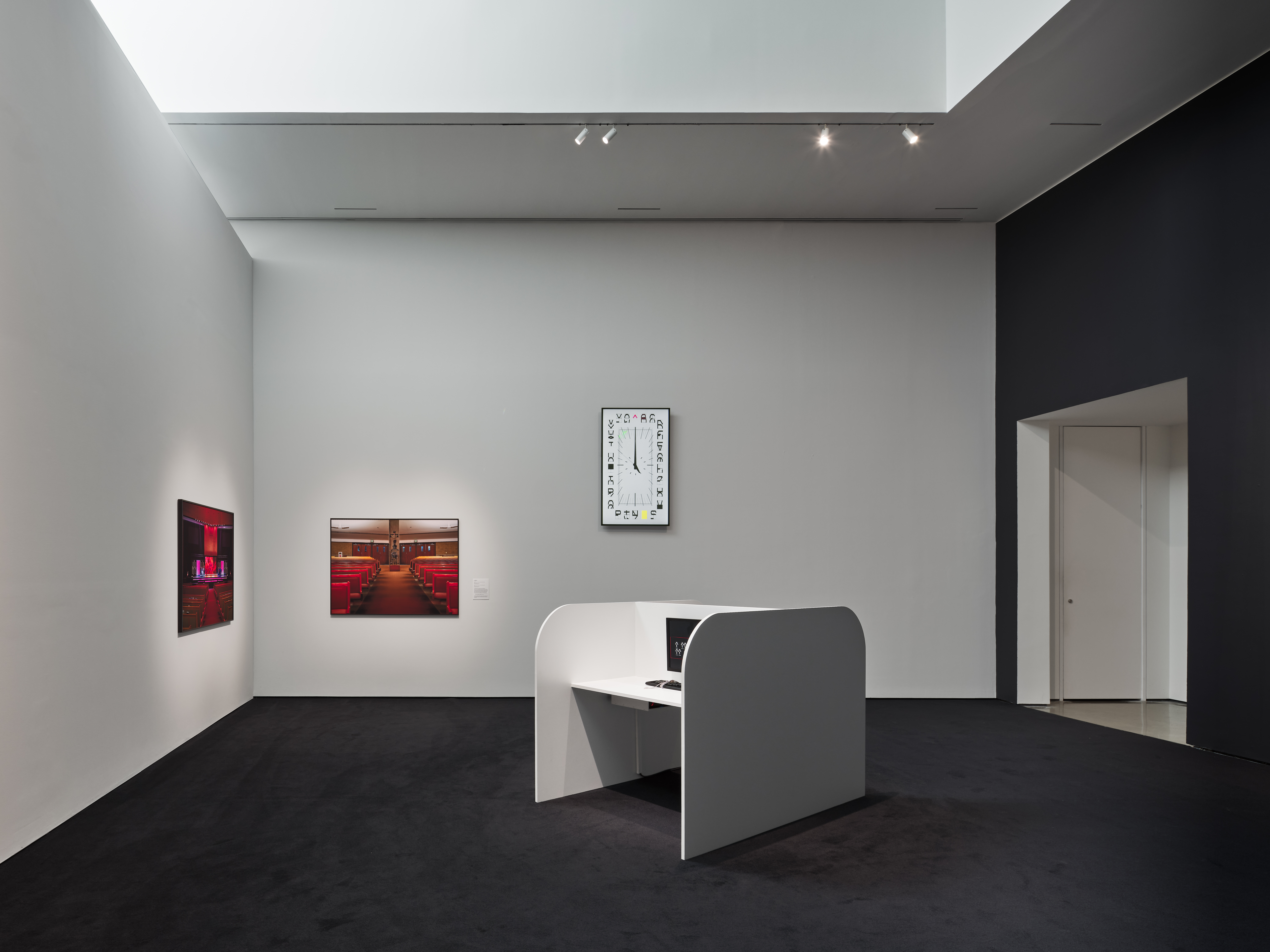http://www.bard.edu/mfa/
On the way up to Bard College from Brooklyn this past July, I received my first-ever speeding ticket (73 in a 55 on the bucolic, two-laned, and well-patrolled Taconic State Parkway). Five days later, the night before I was to exit the bubble that is Bard back for the city, I ran over a nail somewhere on campus and found myself in the rain with a flat tire on a borrowed car. Up at Bard one tends toward the melodramatic, the cosmic, the meant-to-be, and—four years after I completed my tenure as a graduate student there—I read the signs pragmatically: I couldn’t get back fast enough, it was hard for me to leave, and the whole thing was expensive.
In 1979, poet and longtime Bard professor Robert Kelly penned “A New Kind of MFA Program,” a charter statement for the incipient graduate school of the arts (which inaugurated its first summer in 1981). Over three pages, Kelly laid out the pedagogical backbone of the program, articulating the tenets that remain intact today. “These three concerns: Conference, Seminar, Presentation, will be the basic public garment of the MFA Program at Bard. The center or body so clothed is, always, the creative and perceptual and conceptual work of the individual artist.”[footnote Kelly, Robert. “A New Kind of MFA Program.” October 1979. "Making sense is radical to making art" is also a quote from Kelly's essay.]
The Bard MFA—officially known as Milton Avery Graduate School of the Arts—is a low-residency, interdisciplinary, degree-granting program that convenes for three consecutive eight-week summer intensives on the campus of Bard College in Annandale-on-Hudson, New York, about two hours north of New York City. This summer there were 85 students across three graduating classes and six disciplines (Music/Sound; Creative Writing; Film/Video; Photography; Sculpture; Painting). Roughly 55 faculty members representing each of the disciplines cycle through each summer for a minimum of three weeks (the co-chairs of each department—who, along with Director Arthur Gibbons, comprise the presiding Graduate Committee—are in residence for most of the duration). Add to this 12 visiting artists, an administrative and technical staff of 20, sundry friends, partners, children, undergraduates, and passers-through to get a sense of the recurrent autonomous community that has been coming together in various permutations for 33 years.
During the traditional academic year, students and faculty disperse back to their “regular lives,” many of which take place in New York City. Known as Independent Study, the two 10-month blocks between summers-in-residence are, ideally, far from fallow. Students end each summer with a written proposal for their winter work, as well as a self-compiled list of books and other recommendations that have been suggested in individual studio visits, discipline-specific caucuses, and critiques. Between one’s second and third summers, each student is assigned a thesis advisor, a faculty member who guides them through the articulation and early drafts of the requisite Thesis Statement. Increasingly, individual and combined departments assign readings to be completed during the winter and spring. While a major ethos of the program is that there is no overarching aesthetic paradigm and “an abhorrence of abrupt specialization,” [footnote Ibid.] collectively-undertaken readings and seminars—this year the entire school read and spent a few days discussing Hannah Arendt’s The Human Condition—function to dig out a shared intellectual groove among the infinite branches of discourse and reference that spider through each summer.
You’ve seen the scene in countless old movies: fastidious telephone operators sit straight-backed at a massive switchboard while snippets of private dialogue emerge like boulders in an audio stream. Such cacophony—ribboned with clear-toned and furrow-browed leitmotifs—aptly describes the macro tenor of any Bard summer, as well as the micro experience of each individual student (the body so clothed, to return to Robert Kelly’s illustration, in the public garment of studio visit, caucus, and critique). The pedagogical crux of the Bard MFA lies in the fact that the student is at the switchboard. There is little top-down didacticism and the implicit authority or particular advice of any faculty member is situated as one of many points on an individualized coordinate plane. Hundreds of one-on-one conversations take place over the three summers and intervening independent study periods, requiring of students both a willingness to open one’s practice up to serious evaluation and an aptitude for self-knowledge and discernment.
Each summer students are asked to schedule at least 30 hour-long studio visits with faculty and visiting artists. These meetings are as much a lesson in how to talk about your work as they are an opportunity for feedback. While students likely meet multiple times with specific faculty from within their discipline, most interactions are across artistic fields. In this way, students (and faculty) become visitors in one another’s vocabularies; medium-specific reference points and rhetoric cannot be taken for granted. The challenge to express aesthetic choices and modalities to someone who is not fluent in your lexicon hones in each student an attentiveness to their own use of language and a more precise articulation.
Once a week throughout the summer, each of the six disciplines gathers for an intra-disciplinary home base known as Caucus. It is commonly known that these events are open to all, though the jam-packed nature of everyone’s schedule precludes any one caucus from becoming too full of “outsiders.” Lasting three to six hours (Film/Video, for example, allows time for the screening of students’ durational works), the convocations are an occasion for each department to go deep and specific into the aesthetics, histories, technicalities, and polemics of their respective fields. As a visitor to the Painting department’s third caucus this summer, I took eight pages of notes traversing an epic conversation that began with first-time faculty member Michelle Grabner’s rapid-fire presentation on her work as a painter and curator, switched gears to in-depth student presentations on Rosemarie Trockel’s oeuvre, opened onto a lively exchange about the differences between German and American uses of irony in painting, and then, finally, landed on the question of whether or not cynicism is at all productive. I also sat in on a Photography caucus, where co-chair Zoe Leonard delivered what amounted to a semester-long class on post-war Japanese photography in one afternoon. She brought about 20 rare books for students to leaf through before the seminar opened for small-group presentations on assigned readings with guiding points of photography-related inquiry such as “Affective and emotive spaces” and “Materiality and texture.”
Each department hosts two Visiting Artists per summer, the template for which tends toward an extensive presentation and discussion in caucus as well as brief studio visits with students of the host discipline and some sort of low-key soirée. Over the four weekdays I spent on campus I had the good fortune of catching three wildly varied, equally captivating visitors (my aforementioned flat tire sadly kept me from sitting in on the Sculpture caucus, where Andrea Blum was presenting). In Music/Sound, David Grubbs discussed his new book, Records Ruin the Landscape: John Cage, the Sixties, and Sound Recording, which led to a heady early-morning discussion on formations of the (20th century, western, experimental music) avant-garde. “I think it’s useful for us to be able to formulate a critique of Cage today from the left of the Cageian principle,” said co-chair Marina Rosenfeld in what seems to me a concise indication of where the Music/Sound department positions itself adjacent to the inevitable folds of both the conservatory and contemporary art. Wu Tsang presented Film/Video with his multimodal practice—based in a position of critical trans resistance—that, in his words, “walks that line between cinema-language and visual art-language, which at times seem to be at war with one another.” Poet-scholar-critic Fred Moten led Writing students and faculty alike into an incendiary discussion about, among other things, hapticality as a value in contemporary art, the curtailed-by-racism intelligence of Hannah Arendt vis-à-vis her foundations in Kant, blackness as fundamentally intertwined with poetry, and the collapse of the fantasy of singularity.
The entire MFA community gathers from 5-7pm every weekday to critique the works-in-progress of three individual artists. Third-year students present their winter work during the first two weeks in session and first-years present nascent summer work (and themselves) during weeks four and five. The school breaks into small, cross-discipline groups of students and faculty to evaluate the second-years’ progress mid-summer. The final weeks are devoted to time-based Thesis presentations (in conjunction with the installation and opening of the annual Thesis exhibition, and, ultimately, individual “Boards,” in which each graduating student meets with an assigned faculty committee who assesses their progress and output and decides whether or not they may pass). By the time I arrived on campus during week four, the 2014 community-incarnate appeared to have learned to occupy space together; people were engaged and seemingly at-home in the theater of “The Crit.” Certain protocol are enforced: the presenting student may briefly introduce the work and answer clarifying questions, but is not to interject during the 20 minutes of commentary; the first 10 minutes are open to students’ feedback, and, at the chirp of a timer, faculty may enter the fray.
On the first Monday of first-year crits, Music/Sound candidate Eric Farber installed a large speaker atop a grassy hill between the adjoined buildings where Film/Video and Music/Sound house their studios and caucuses. In a scene very familiar to anyone who has participated in the program, 100 or so people reverently milled about the sunlight smoking, reclining, and wandering from one point of the outdoor amphitheater to another for 15 minutes before moving indoors to discuss the amplified binaural recording of the artist employing mallets percussively on plywood. It is the onus of the Music/Sound and Writing disciplines in particular, I think, to bridge the gap of technical and aesthetic understanding between their relatively idiosyncratic vernaculars and the comprehension of the community at large. This is for better and for worse, as what is lost in presumed legibility is hopefully counterweighted by the invitation to reflect beyond the potential myopia of hermetic specialization. In the space of a crit, this means a lot of questions are asked before people feel confident dispensing observations, many of which are laden with the impulse toward interpretation. Farber graciously attended to “how does it work” queries just shy of killing the aura with explication. As for conjecture-heavy responses, it is part of the work of each individual student to decide what is of value to their development.
Crits and caucuses function as practicum for the critical assessment and quick formulation of language around artworks and practices, allowing for participatory imaginative thinking and discursive heat amongst faculty and students. Anselm Berrigan, poet and co-chair of Writing, notes that the “crit space is where students who want to teach can learn to articulate, to look and to speak.” There is an air of self-seriousness in the program that can verge on parodical at times, but which, in practice, I find to be indicative of a studied lack of pretense. Half-baked arguments and received ideas are not suffered lightly, and the ongoing discourse seems committed to proof load testing the relevance and usefulness of keywords. “There are a lot of ages in the room,” sculptor faculty Pam Lins noted during first-year photographer Phoebe d’Heurle’s crit, “and I am of the age that was supposed to be about the end of the index, so it’s interesting for me to hear everyone saying indexical, indexical.”
Poet and Writing co-chair Ann Lauterbach (whose 2009 essay “The Thing Seen: Reimagining Arts Education for Now” is a must-read for anyone interested in the Bard MFA) believes that the program “helps people to think like artists in their lives, whether or not they have subsequent careers as artists. To think about the relation between materials, processes or forms, and values, allows for the possibility of freedom to choose independent of proscribed or assumed ideas of—say—a good life—success, happiness. I think the ongoing community is strong and stays connected in part because of this shared understanding of the risks involved.” I believe that the Bard MFA community also owes much if its formation to the culture of intensity that emerges each summer, due in part to round-the-clock immersion and the geographic distance from most participants’ regular lives. The vice-grip on time precipitated by the low-residency structure brings with it an imperative to be hyper-present and doubly invested in dialogue and self-representation. Just as the gasket over compressed stimuli, attentiveness, and productivity (not to mention lack of sleep, cathartic partying, and social anxiety) is about to blow, the summer ends and everyone retreats (or runs screaming) back to Brooklyn or L.A. or Istanbul or Ottawa to shake it off, filter, mend (or end) neglected relationships, make work, and refresh their sense of perspective on it all. In my experience, much of the program’s impact took root during these interims, once I’d had the chance to metabolize and sync the heady eight-week whirl (and the variations of self I’d performed) with the dailiness of my “real life.”
That syncopation (not to mention the cohesion of so many generations of participants) is in no small part aided by the vibrant, 24/7 phenomenon known as the MFA List. Ten years ago, beloved and outgoing Managing Director Susan Tveekrem saw the opportunity to grow the program’s basic Listserv into a virtual extension of the physical summertime community. My (non-Bard affiliated) sister refers to the list as “magic” because of the stellar rate of return on queries I’ve made on her behalf, running the gamut from advice on shooting Bolex to finding a sublet in Madrid. Open to every present and past student and faculty member, posts include the expected job opportunities and exhibition announcements alongside frequent no-holds-barred threads on art and extra-art world news and politics, as well as the occasional trenchant institutional critique from within. Last spring, a weeks-long thread was spurred by Junot Diaz’s New Yorker essay “MFA vs. POC,” in which he reflected on his own experience as a graduate writing student at Cornell to elucidate the status quo of white supremacy that underscores most North American MFA programs. The posting of Diaz’s article tore a much-needed clearing into the list (and by extension into the tacit politesse of the program on the whole) as person upon person shared eloquent, complex testimonials of their experiences as non-white students. Faculty and peers contributed notes ranging from nominal support to deeply-felt and finely-considered solidarity, yet, while the thread was not hostile, there was a palpable charge of discomfort as our highly articulate community finally began to work language through the dynamics—be they nuanced and/or egregious—of race, otherness, class, identity and attendant feelings of alienation and injury beyond the safety of intimate exchange or the administrative distance of percentages and admissions goals. The same criticality brought upon artwork and art-speak each summer was directed to the shortcomings of the program as well as to the terms of the discussion itself (one sub-thread, for example, volleyed the meaning and the merit of the P.O.C. label). The conversation—like the list or for that matter the program itself—was unwieldy, generous of spirit, full of pathos, and open-ended. The fact that such a forum exists and is so ferociously engaged with indicates to me the program’s growing capacity to self-calibrate and better itself. “I think everyone on the list would agree that though the community at Bard is fascinating, it is not yet representative of the art world we wish to see/hear/feel/fight for etc.,” Music/Sound faculty member Matana Roberts wrote early on during the “MFA vs. POC” exchange. Her decisive “yet” seems ripe with potential, optimism, and affection. I came out of the Bard MFA caring deeply (which is not to say uncritically) about the people, the ethos, and the rigor of thinking and making demanded of me there. The institution is inseparable from the community that it both produces and is produced by and, as the vigor of discourse in situ and online shows, it is a community worthy of much feeling and much fight.
—Corrine Fitzpatrick
Kelly, Robert. “A New Kind of MFA Program.” October 1979. "Making sense is radical to making art" is also a quote from Kelly's essay.
Ibid.
